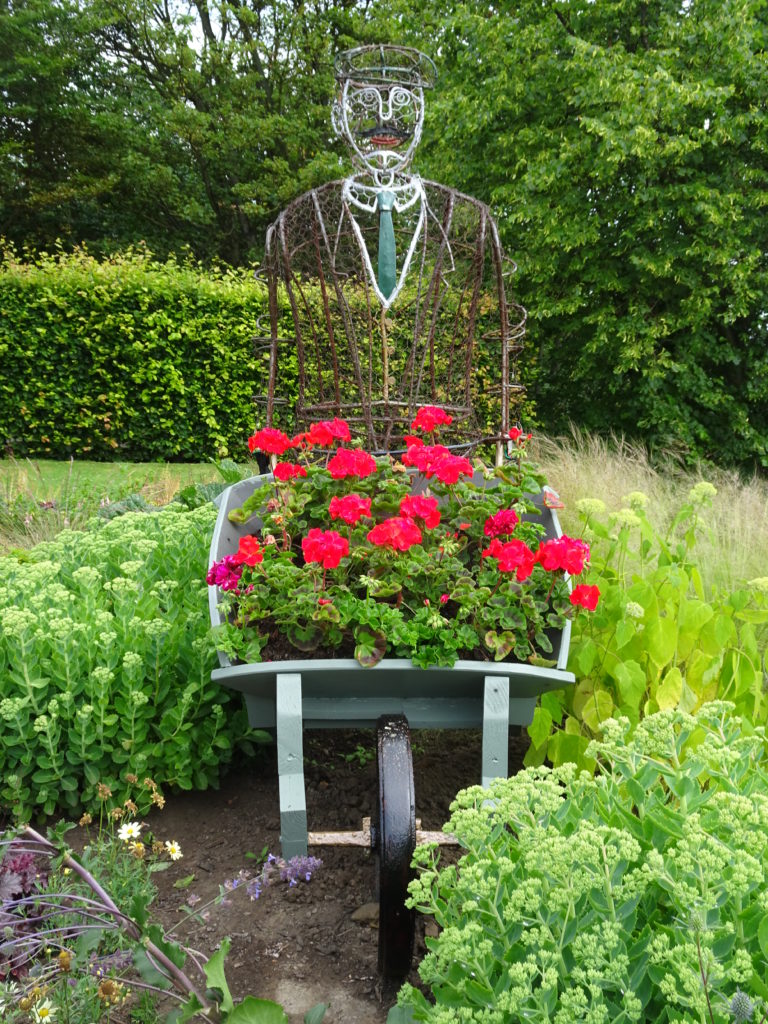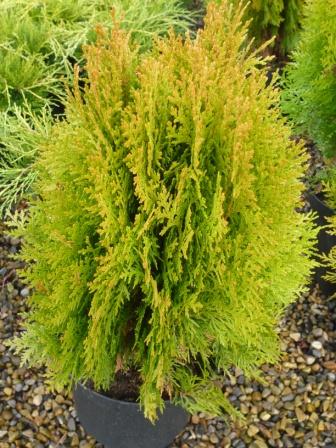I Do Like to Garden by the Sea
Oh I do like to be beside the seaside, oh I do like to garden by the sea -Tiddely om pom pom. Seaside gardening has its challenges and it has it’s rewards as my west coast brother-in-law knows. (At the age of 82 he is thinking of giving up his gardening business to concentrate on his own relatively new garden).

The Filey Seaside Gardener
Seaside Gardening Challenges
- To garden by the seaside you face virtually all the challenges inland gardeners face and then some.
- The first to single out is the salty air borne on winds that have blown over the sea to deposit there munificence on your prized plants. Salt is not a natural fertiliser! Salt is not a natural plant killer although you may come to think that it is so if you plant the wrong plants.
- In the UK you may expect westerly winds around half of our coastline. However there are additional strong winds that blow on-shore on a regular basis to the detriment in the East, North and South gardens. Seaside wind is desiccating and abrasive as we know from personal wind chill effects.
- Sand dunes, beaches and sand castles amuse the children but sandy soil is a garden staple that adds to the challenges. Such soil has little humous, hold little water or goodness and is desiccated so lacking in nutrients.
- Geological and geographic features need to be contended with including the possibility of a high water table, limey seashell based soil or pebbles and rocks. The worst issue of the moment is soil erosion on the East coast where your cliff top garden or allotment may crumble into the sea.

The Filey Fisherman’s Friend
Seaside Gardening Rewards
- Defeating the challenges or holding them to a scoring draw is reward in it’s self (or so I’m told).
-  Others common plants will do far better at the seaside than one expects. Hydrangea macrophylla can do well despite the lack orf water as do annual plants chosen for public gardens by tourist minded local authorities. See our selection of Perennials for the seaside from gardeners tips 2012. Careful plant selection could even introduce some new species to even the most avid gardener.
- There are far more detailed selections in the book ‘The Seaside Gardener’ by Richard Mortimer
- There can be special rewards from the introduction of wind breaks. Walls add height to a flat landscape providing scope for climbers or crevice plants. Selective planting of trees and shrubs will be rewarded by breaking the flow of the wind and possibly directing it up and over your patch.
- The proximity of the sea can provide some winter warmth to keep the worst of the frost at bay. On the other hand you may suffer from a sea fret that prevents you from seeing your garden.
- Low growing locally successful wild plants will do even better with your tender care.
Odd Seaside Gardening Tips
- Until 12 months have passed never uproot a plant you think may have died in a hard winter, it may spring back to life.
- Look for drought tolerant plants that have leathery leaves, grey or white foliage and or lots of spines.
- Check your locality to see what is growing in nearby gardens.
- Your soil will probably be alkaline but do a Ph test to be sure. Even with bark & peat mulch you wont turn soil from alkaline to acidic and seaweed will only help with trace elements still it is well worth using as it should be free.
- Be very sparing with fertiliser – nitrogen makes for weak and floppy growth.
- Salt in the ground may reduce the amount of winter frost but where practical plant closely and mulch, mulch, mulch.
- Long whippy stems tend to have some wind resistance so consider planting Buddleia, Lavateria and broom.
Grow acid loving plants in a large pot of ericaceous compost buried in shingle or pebbles
What of the brother in law you may ask? He now grows an impressive collection of garden gnomes, fairies and seaside trincketry but still beats the heck out of me when it comes to growing tomatoes.
Follow the Mediterranean Garden Diet?
Masquis refers to groups of plants formations consisting shrubs and small trees which create a thick and intricate vegetation. This and other scrub land is a natural vegetation that forms in dry or seaside locations.
Garigue is also a low open scrubland with many evergreen shrubs, low trees, aromatic herbs, and grasses found in poor or dry soil in the Mediterranean region.
Climate change may lead to many more gardeners resorting to the tips from seaside gardening.
